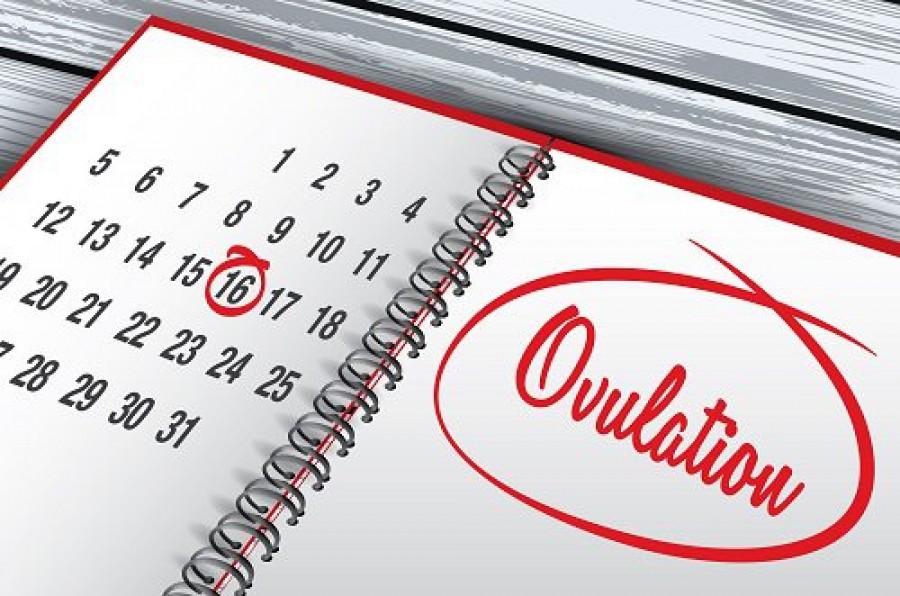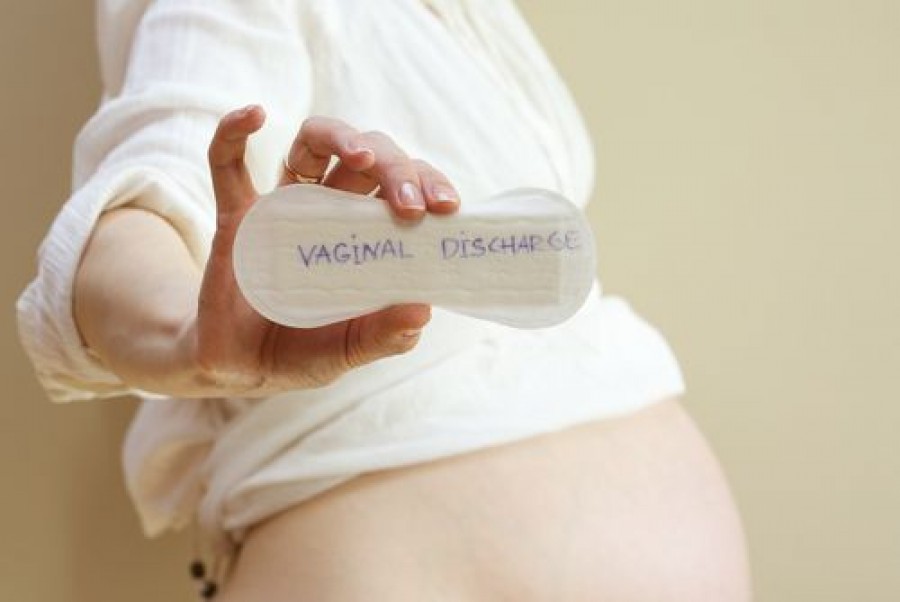What is Ovulation and How to Recognise the Signs

The female body works in mysterious ways, especially when it comes to the reproductive organs. Throughout adolescence and puberty, we start being introduced to terms such as menstruation, ovulation, and a myriad of others. Although these make some sense, it isn’t until we’re older that they start really meaning something.
Women become well accustomed to their menstrual cycle throughout their teenage years. It is just the monthly thing that happens. Then, as life starts progressing into another phase, attention to turns to how the menstrual cycle impacts on fertility. It always seems so simple to try for a baby, until it is actually happening. This is when terms such as ovulation take on a whole new level of important.
So, what is ovulation? What does it refer to and why is it important? Just how can a woman tell when she is ovulating, and does she need to be able to tell? If these are questions that have been pressing on your mind while trying to have a baby, hopefully this article will provide some answers.
What is ovulation and when does it happen?
Starting with the basics, it is important to know just what ovulation is. Ovulation is part of the menstrual cycle. The menstrual cycle operates on a 28 day cycle for most women. The number of days can vary, so this is more of a benchmark figure. Ovulation generally occurs 12 to 14 days before the period normally begins, so this is a good way to track it.
Ovulation is when the ova, or the egg, is released from the ovary. All of this is triggered by hormones, of course. The luteinizing hormone (LH) experiences a surge which tells the egg to get out of the ovary within 24 to 36 hours.
The egg then makes a journey down the fallopian tube to eventually end up in the uterus. If male sperm is present after intercourse, it will meet the ova in the fallopian tube and fertilisation will happen. Then, the fertile egg will journey to the uterus and embed in the uterine wall lining, the endometrium.
If, however, ovulation occurs and no sperm are there to meet the egg, the monthly period begins. This happens because ovulation occurred as per usual, but since the egg wasn’t fertile, it didn’t need to embed in the uterine wall. Therefore, the endometrium sheds in the bloody mess that women know all too well at that time of month.
How long does ovulation last?
Ovulation is a short but sweet period. This can be a good or bad thing, depending on whether a pregnancy is wanted or not. When the egg is released, there is basically a 24 hour window where it can be fertilised by a sperm.
That being said, sperm can remain alive in the uterus and fallopian tube for up to 5 days after ejactulation. This means that if you have sex three days before the egg is released and ovulation occurs, there is still a chance of getting pregnancy.
This means that there is a window of ‘fertile days’ to be aware of. The fertile period is considered to be 2 -3 days before and after ovulation actually happens. The chances of getting pregnant are considerably lower on the days before and after ovulation, but the possibility is still there.
What are the signs of ovulation?
Women have the right to be naturally curious about their ovulation time, whether they are trying to get pregnant or they are trying to avoid it. Ovulation is a tricky thing because it doesn’t have noticeably visible symptoms unless you are paying close attention.
The first and easiest way to know when ovulation occurs is to track your monthly cycle. There are many fertility apps that use the Fertility Awareness Method to track this. These are handy if you are trying to conceive as they highlight the fertile window and identify the day you are most likely to be ovulating.
These apps and trackers are also useful in avoiding pregnancy as a hormone-free method of contraception. Of course, it is a slightly riskier method as the monthly can be thrown off by things such as stress, alcohol, and a lack of sleep. These are things that can make the period late, meaning the whole monthly cycle and the exact date of ovulation isn’t accurate.
Therefore, the Fertility Awareness Method is best used with another source of contraception such as a condom for extra protection.
As for the physical symptoms of ovulation, these are some worth paying attention to.
1) Some women experience ovulation pain
This is similar to a period cramp or a pain in the lower abdomen. Painful ovulation is not standard and can be a sign of ovary cysts. If this pain occurs on a monthly basis, it needs to be checked by a healthcare professional.
2) A drop in the basal body temperature is a common sign
To understand the basal body temperature, you need to keep a chart and track it daily. A basal thermometer is used specifically for this and measures fluctuations. These are often marketed as ‘fertility thermometers’.
3) The cervical mucus is one of the key signs of ovulation
Cervical mucus changes in response to being fertile or not, so keeping close observations around it during the estimated ovulation day can be a good indicator. During the fertile period, cervical mucus is somewhat clear, slippery, and stretchy. It also appears in larger amounts, looking like raw egg whites. It is easy enough to spot in the underwear when using the toilet.
4) The cervical position shifts
What a lot of people don’t realise about the female reproductive organs is that they constantly change position. During ovulation and the fertile days, the cervical position actually shifts. You can check the cervical position by inserting one or two thoroughly clean finger in the vagina. The cervix is located at the upper-front. Check it at the same time each day as this provides the most consistency. A fertile cervix that is experiencing ovulation should feel soft like an ear lobe, in a high position, open, and wet.
Some other possible signs of ovulation include:
- Tender breasts,
- Increased libido,
- Increased energy levels, and
- Mild spotting.
These are not only signs of ovulation and can occur in relation to other bodily changes. Therefore, they are not reliable indicators and might happen just as a coincidence, or might happen at other times during the cycle that has nothing to do with ovulation.
Are there other ways to know ovulation is occurring?
Aside from the physical symptoms of ovulation, that are not entirely reliable, using an app or tracker is advisable. You can also keep a manual calendar of the menstrual cycle, highlighting the day that you normally get your period and marking around 14 days before then to indicate ovulation. Generally speaking, for healthy women, ovulation happens between day 10 to 19 of the cycle. For the most accurate results, track the cycle for a few months before relying on it entirely.
There are also ovulation prediction kits available at chemists and pharmacies. These work by measuring the levels of the LH hormone in the body. These kits let you know when you will be ovulating within the next 12 to 24 hours. This is good for women trying for a baby as it gives an accurate window of time as to when to get a sperm in there and hope for conception.
Another option is an ovulation microscope that works in a similar way to the kits, but tests your saliva. The saliva can indicate that a woman is fertile by measuring the pattern of it. This one probably isn’t as reliable as the ovulation kit but can work as a good backup or in conjunction with the kit for extra assurance that fertility is happening.
Does ovulation occur every month?
Every woman is different which makes ovulation different in each case. Generally speaking, most women who have a regular and standard period cycle will ovulate each month. Sometimes lifestyle factors such as stress, lack of sleep, and being significantly under or overweight can affect ovulation.
However, if the ovary gland doesn’t produce a mature follicle for various reasons, ovulation won’t take place. This only happens in rare cases and is called an anovulatory menstrual cycle, as the endometrium still prepares itself as normal and sheds when there is no fertile egg.
Other reasons women might not ovulate include health conditions, menopause, and contraception that trick the hormones into acting on a different cycle or stopping the period altogether. Women taking the contraception pill will still have their period, but it is only the uterus lining shedding with no discarded egg coming out.
Some health conditions that can affect ovulation include polycystic ovarian syndrome or premature ovarian failure. These can be overcome in some cases with medical help from a fertility specialist. Also, some medications such as antidepressants, chemotherapy, or anti-nausea medicine can affect ovulation. If you are taking these and trying to get pregnant, it is important to to have a discussion with the doctor about their potential impact.



